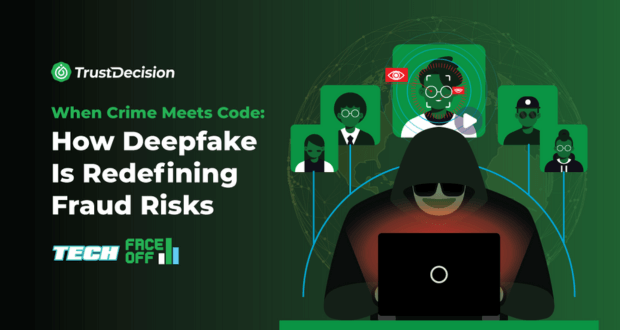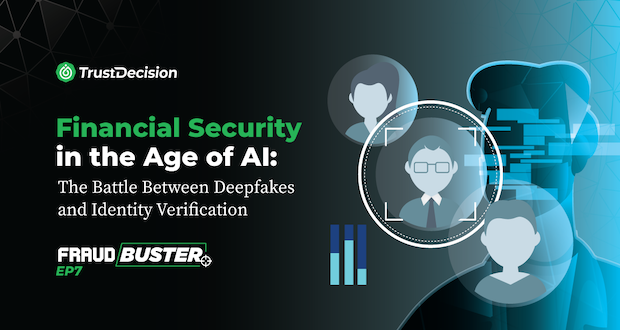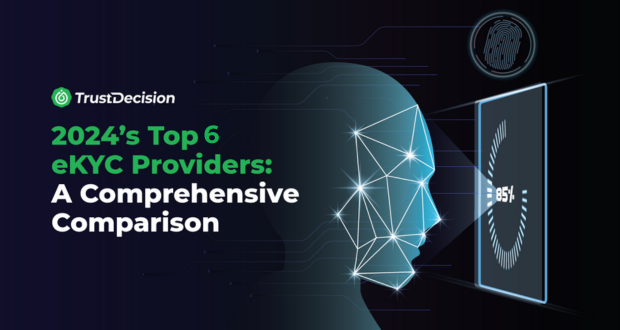The Relationship Between CDD, Watchlist Screening, and Customer Risk Assessment
Customer Due Diligence (CDD), watchlist screening, and customer risk assessment are interconnected processes that collectively contribute to a comprehensive risk management strategy.
CDD as the Foundation: CDD provides the essential customer information needed for effective watchlist screening and risk assessment.
Watchlist Screening as a Filter: Watchlist screening uses the data from CDD to identify high-risk individuals or entities, acting as a crucial filter in the risk management process.
Customer Risk Assessment as an Ongoing Process: Insights from CDD and watchlist screening feed into customer risk assessment, enabling continuous monitoring and adjustment of risk levels based on customer behavior.
By integrating these processes, financial institutions can create a robust risk management framework that effectively identifies, monitors, and manages high-risk customers.
Customer Due Diligence (CDD) Process
What is CDD?
Customer Due Diligence (CDD) is a critical step in risk assessment for financial institutions. It involves verifying the identity of customers, assessing their risk profiles, and understanding their financial activities. The primary goal of CDD is to prevent money laundering, terrorist financing, and other illicit activities.
Role of CDD in Identifying High-Risk Customers
Risk Profiling: CDD helps banks categorize customers based on their risk levels. High-risk customers may include politically exposed persons (PEPs), individuals from high-risk jurisdictions, or those with complex business structures.
Enhanced Due Diligence (EDD): For high-risk customers, banks conduct Enhanced Due Diligence. This involves gathering additional information beyond standard KYC requirements. EDD ensures a deeper understanding of the customer’s background, source of funds, and potential risks.
The KYC Process
The Know Your Customer (KYC) process is integral to CDD and involves several key steps. First, banks collect official identification documents such as passports, driver's licenses, or national IDs to verify the customer's identity. They may also use biometric data like fingerprints or facial recognition for authentication. Next, banks assess the customer's income sources by examining employment records, tax returns, and business ownership details to understand their financial stability. Monitoring customer transactions is another crucial aspect, as unusual or large transactions may signal potential risks; banks track the frequency, volume, and nature of these transactions. Lastly, compliance with tax regulations is essential, so banks collect tax-related information to ensure transparency, including details about tax residency and obligations. Through these comprehensive measures, CDD helps financial institutions mitigate risks and maintain the integrity of the financial system.
Regulatory Compliance
Banks must adhere to regulatory requirements set by authorities such as the Financial Action Task Force (FATF) and local regulators. These requirements dictate the frequency of customer reviews, reporting suspicious activities, and maintaining records.
Watchlist Screening
The Importance of Watchlist Screening
Watchlist screening is a critical component of financial institutions' risk management strategies, involving the comparison of customer data against various watchlists that contain information about individuals or entities associated with illegal activities, sanctions, or other risks. The importance of watchlist screening cannot be overstated, as it plays a vital role in risk mitigation by enabling banks to identify high-risk customers early and take appropriate measures to mitigate potential threats. Additionally, thorough watchlist checks are essential for regulatory compliance with anti-money laundering (AML) regulations. However, one of the significant challenges of watchlist screening is the generation of false positives, where innocent individuals are flagged due to name similarities or outdated data.
Challenges of Name-Matching Algorithms
Traditional name-matching algorithms face several challenges that complicate the watchlist screening process. Name variations due to cultural differences, nicknames, abbreviations, and misspellings can significantly hinder the accuracy of these algorithms. Common names, such as "John Smith" or "Maria Garcia," further exacerbate the issue, as multiple individuals may share the same name, increasing the likelihood of false positives. The quality of data in watchlists also plays a crucial role; inaccurate or incomplete data can adversely affect matching accuracy. Moreover, the need to quickly screen large volumes of data while maintaining accuracy presents a significant technical challenge.
Machine Learning-Driven Name-Matching Algorithms
To address these challenges, machine learning (ML) algorithms are increasingly used for name matching:
- Feature Extraction: ML models extract relevant features from names, such as character n-grams, phonetic representations, and context.
- Scoring Mechanisms: Algorithms assign similarity scores based on feature matches. Thresholds determine whether a match is flagged.
- Learning from Data: ML models learn from historical data, adapting to variations and improving accuracy over time.
Reducing False Positives with Additional Information
While ML-driven algorithms significantly enhance the accuracy of watchlist screening, additional information is crucial to reduce false positives further. Contextual data, such as birthdates, addresses, and transaction patterns, provide valuable context that goes beyond names alone. High-risk customers often exhibit specific behaviors, and combining name matching with behavioral analysis can help reduce false positives. Finally, automated screening should always be followed by human review to validate matches, ensuring that the final decision-making process incorporates human judgment and expertise. Through these comprehensive measures, financial institutions can effectively leverage watchlist screening to enhance risk management and regulatory compliance.
Customer Risk Assessment
Risk Assessment Scorecards
Risk assessment scorecards are essential tools used by financial institutions to quantify and evaluate the risk associated with individual customers. These scorecards assign a numerical value to various risk factors, enabling banks to make informed decisions. There are two common types of scorecards: expert-based and machine learning-driven, each with its own set of advantages and challenges.
Expert-Based Scorecards rely heavily on the judgment of risk analysts or compliance officers. These experts assess customer information based on their experience and knowledge, providing valuable insights that can be difficult to capture through automated systems. However, the reliance on human judgment introduces a level of subjectivity, as different experts may interpret the same data differently. This subjectivity can lead to inconsistencies in risk assessments, making it challenging to maintain scalability and adapt to evolving risks. Despite these challenges, expert-based scorecards remain a valuable tool, particularly in complex cases where nuanced understanding is required.
On the other hand, Machine Learning-Driven Scorecards adopt a data-driven approach, analyzing historical data to identify patterns and correlations. These models learn from examples rather than relying solely on human judgment, resulting in objective and consistent assessments. ML-driven scorecards consider a wide range of factors, including demographic data (age, gender, location), financial behavior (transaction frequency, volume, anomalies), credit history (credit scores, loan repayment history), behavioral patterns (online activity, digital footprint), and external data (economic indicators, industry trends). The adaptability of ML models allows them to adjust to changing risk profiles and emerging threats, enhancing their effectiveness over time. By reducing false positives, ML-driven scorecards improve efficiency and enable banks to focus their resources on genuinely high-risk customers.
Ongoing Reviews and Adjustments
- Continuous Monitoring: Risk assessment is not a one-time process. Banks must continuously monitor customer behavior.
- Behavioral Changes: Customers’ risk profiles evolve over time. Significant changes (e.g., sudden large transactions) trigger reviews.
- Feedback Loop: ML models benefit from feedback. Regularly updating the model with new data ensures accuracy.
- Regulatory Updates: Compliance requirements change. Scorecards must align with the latest regulations.
In conclusion, combining expert judgment with machine learning-driven approaches allows financial institutions to balance accuracy, efficiency, and adaptability. Remember, risk assessment is an ongoing journey, and staying vigilant is crucial!
TrustDecision’s KYC++ Solution
Introduction to KYC++
KYC++ is an integrated identity verification suite designed to address complex challenges in digital identity verification. Unlike traditional eKYC solutions, KYC++ goes beyond basic verification by incorporating advanced features and cutting-edge technologies.
Features of KYC++
KYC++ is equipped with a range of advanced features designed to address the shortcomings of traditional eKYC solutions and provide a more robust and efficient identity verification process.
Full Protection with Multi-Layered Security: KYC++ employs device fingerprint technology to detect risks based on unique device characteristics, adding an extra layer of security. Additionally, its anti-spoofing solution guards against altered images and fraudulent attempts, ensuring the integrity of the verification process.
High Data Accuracy with Fast Results: The suite utilizes Optical Character Recognition (OCR) technology to extract data from documents accurately. This technology ensures that the data captured is precise, reducing the likelihood of errors. Moreover, KYC++ offers a quick verification process, significantly reducing customer wait times and enhancing the user experience.
Ease of Integration: Thanks to its universal API compatibility, KYC++ is designed for seamless integration with various platforms. This feature ensures that organizations can easily incorporate KYC++ into their existing systems without significant disruptions or additional costs.
In summary, TrustDecision’s KYC++ solution empowers financial institutions, businesses, and service providers to verify identities efficiently, securely, and with precision. It’s a game-changer in the world of digital identity verification!
Conclusion
Risk assessment is the backbone of sound financial decision-making. As banks and financial institutions grapple with the complexities of high-risk customers, technology emerges as a powerful ally. TrustDecision’s KYC++ solution revolutionizes the way we verify identities and manage risk. Here’s a recap:
- Importance of Risk Assessment: Identifying high-risk customers is crucial for preventing financial crimes and ensuring compliance.
- Challenges Faced: Banks encounter compliance burdens, false positives, and evolving threats.
- Leveraging Technology: Technology-driven solutions, including machine learning, enhance efficiency, accuracy, and customer experience.
- TrustDecision’s KYC++: This integrated identity verification suite addresses industry challenges:some text
- Multi-Layered Security: Protects against fraud using device fingerprint technology and anti-spoofing measures.
- High Data Accuracy: OCR ensures precise data extraction.
- Ease of Integration: Universal API compatibility streamlines implementation.









.jpeg)




